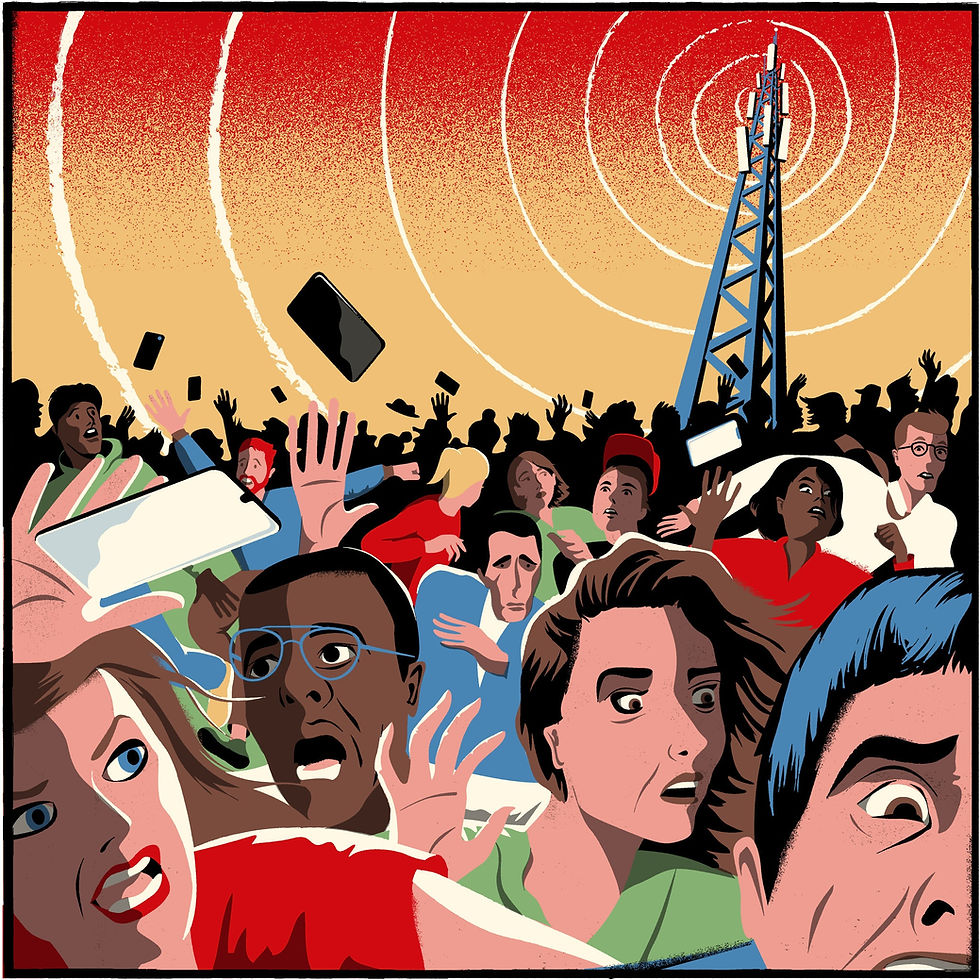The How, What, Where of Data - Dr. Mallory Havens, Biology and Dr. Amanda Harsy, Math and Comp Sci
- Lewis SURE Program
- Aug 6, 2019
- 3 min read
What do I do with my data? How do I help future researchers follow my progress and results from the summer?
So as SURE wraps up, whether you intend to keep working with your current research group or not, data storage is important. Of course, you have your results. You should also have a lab notebook. You have a presentation presumably with figures. You may have computer files or code. If you worked in a wet lab (experiments that are not computer based) you have your samples. All of these items are important pieces of data that need to be preserved. But where and how and for how long?
The Where:
Your data belongs to the lab, and moreover the University, not you personally. Therefore, unless your mentor says otherwise, all original data should stay with the lab itself. You can always take copies, but not the original works. If your data is digital then it is easier to take it with you. If you maintained a hand-written notebook, for example, you can take copies with you but you should leave the original behind. Actual samples should stay with the lab. Basically, when in doubt, leave the originals. Often when you are dealing with electronic student data (often for educational research or research in the social sciences), you are required to keep the data scored in a password protected computer. Usually 2-3 years after the research has ended, the institutional review board requires this data to be deleted or destroyed. When in doubt, ask your research advisor about how to store this data!
Sometimes research groups will keep their results, data, and progress in shared cloud folders or through a collaborative LaTeX document (Overleaf is great for this). Write up and results can also be posted to ArXiv as well to get feedback from other researchers.
The How:
Labels, labeling, filing, documentation…. Leaving everything does not help if no one can understand your notebook, locate your computer files, understand your documentation or figure out which sample is which. So, provide enough details so someone can understand what you did and how you did it without asking you. It helps to add storage locations or file names in your notebook.
When working on research which will continue with other student researchers, it is also important to document current results, open questions, any partial conjectures and proofs, along with documenting ideas that did not lead to results. Perhaps you tried a particular proof technique that didn’t pan out. Keep track of this for future researchers. Provide a summary of the technique and idea and where it fell apart. The more you can document your progress and results the easier it will be for you and others to pick up the research right where you left it.
Here are some helpful guidelines for your end of the summer write-up
● Be generous with illustrations, as pictures convey ideas efficiently for many readers. But, remember a picture is not a proof.
● Give easy examples to convey technical ideas.
● Visually highlight definitions and theorems so the reader can spot them easily without having to read a lot of text. Do not bury definitions inside paragraphs, identified only by italics.
● Generally, for each concept, progress from easy special cases first to most general technical formulation last.
The How Long:
The National Science Foundation and the National Institutes of Health require you to maintain your data for at least three years after you submit your last report. Of course, this is in reference to projects they funded, but it is a good rule of thumb. What should you consider your “last report”? If your project has external funding you may have special rules you have to follow but you might want to consider your “last report” the publication of your data. Why do you have to keep it for so long? The short answer is in case you are accused of scientific fraud. Only with originals can you prove your data is accurate and not falsified.



Comments